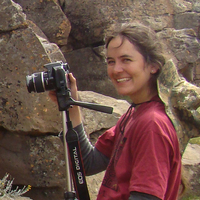
Anahí Re
I’m an archaeologist with a PhD from the University of Buenos Aires. I have specialized in the study of rock art in different areas of Argentina. I am currently doing research mainly regarding prehistoric hunter-gatherer societies from Patagonia, southern South America. I’m working on a regional research project in the Santa Cruz province (southern Patagonia, 48°S). I’m interested in rock art as a means of circulation of information on different spatial and temporal scales.
Soy arqueóloga y Doctora de la Universidad de Buenos Aires. Me he especializado en el estudio del arte rupestre de distintas áreas de la Argentina. En la actualidad principalmente investigo a las sociedades cazadoras recolectoras prehistóricas de Patagonia, sur de Sudamérica. Estoy trabajando en un proyecto regional de investigación en la Provincia de Santa Cruz (Patagonia Meridional, 48°S). Me interesa el arte rupestre en términos de la circulación de información en distintas escalas espaciales y temporales.
Soy arqueóloga y Doctora de la Universidad de Buenos Aires. Me he especializado en el estudio del arte rupestre de distintas áreas de la Argentina. En la actualidad principalmente investigo a las sociedades cazadoras recolectoras prehistóricas de Patagonia, sur de Sudamérica. Estoy trabajando en un proyecto regional de investigación en la Provincia de Santa Cruz (Patagonia Meridional, 48°S). Me interesa el arte rupestre en términos de la circulación de información en distintas escalas espaciales y temporales.
less
Related Authors
Nerissa Russell
Cornell University
Richard Woodfield
University of Birmingham
Josiah Heyman
University of Texas at El Paso (UTEP)
Manuel Arroyo-Kalin
University College London
Dan Hicks
University of Oxford
Marta Diaz-Guardamino
Durham University
Henry Tantaleán
Universidad Nacional Mayor de San Marcos
Armando Marques-Guedes
UNL - New University of Lisbon
Enrico Cirelli
Università di Bologna
Katharina Rebay-Salisbury
University of Vienna
InterestsView All (34)
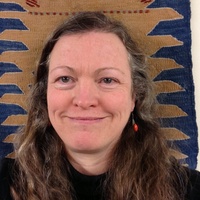
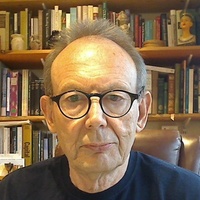


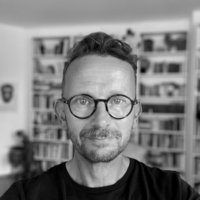
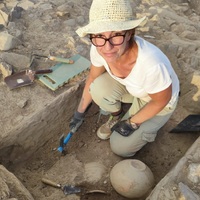
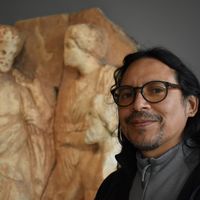


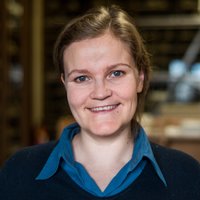
Uploads
Papers by Anahí Re
en primer lugar, se resumen las experiencias del equipo de trabajo en relación con la comunicación pública de la
ciencia a lo largo de aproximadamente cuatro décadas. En particular se consideran los distintos tipos de actividades
llevadas a cabo y los vínculos establecidos con las distintas localidades y los actores sociales participantes. Asimismo,
se relaciona esta trayectoria de trabajo con las coyunturas locales y otros aspectos contextuales que incidieron en
su desarrollo. Por último, se reflexiona sobre las características de nuestra propia experiencia en la comunicación
pública de la ciencia atendiendo a sus alcances y limitaciones.
the last 2500 years in southern Patagonia are studied. The
sites with the greatest number of rock art motifs on the Strobel
plateau (Argentina) are characterized in terms of four axes: the
selected locations, the intensity of rock art production, the variety
of information communicated, and the time periods represented.
We seek to understand the criteria for the selection of these spaces
and the strategies related to the circulation of information during
this period of time. The importance of these sites in a wide spatial
scale is evaluated, and their relevance for the understanding of
the communication circuits among human populations during
the Late Holocene is highlighted.
intensively and in a complementary way in the last 2,500 years (Late Holocene). While the Cardiel Lake basin would have been mainly used for residential purposes year-round, the Strobel Plateau occupations would have been logistic and seasonal. The results obtained make it possible to identify the greatest importance of hand stencils in the rock art of Cardiel basin. On the other hand, the participation of all age groups is evident in the production of this type of motif, both in the low basin and the Strobel Plateau. The latter fact complicates the previously proposed panorama and raises a new series of questions for archaeological research.
en primer lugar, se resumen las experiencias del equipo de trabajo en relación con la comunicación pública de la
ciencia a lo largo de aproximadamente cuatro décadas. En particular se consideran los distintos tipos de actividades
llevadas a cabo y los vínculos establecidos con las distintas localidades y los actores sociales participantes. Asimismo,
se relaciona esta trayectoria de trabajo con las coyunturas locales y otros aspectos contextuales que incidieron en
su desarrollo. Por último, se reflexiona sobre las características de nuestra propia experiencia en la comunicación
pública de la ciencia atendiendo a sus alcances y limitaciones.
the last 2500 years in southern Patagonia are studied. The
sites with the greatest number of rock art motifs on the Strobel
plateau (Argentina) are characterized in terms of four axes: the
selected locations, the intensity of rock art production, the variety
of information communicated, and the time periods represented.
We seek to understand the criteria for the selection of these spaces
and the strategies related to the circulation of information during
this period of time. The importance of these sites in a wide spatial
scale is evaluated, and their relevance for the understanding of
the communication circuits among human populations during
the Late Holocene is highlighted.
intensively and in a complementary way in the last 2,500 years (Late Holocene). While the Cardiel Lake basin would have been mainly used for residential purposes year-round, the Strobel Plateau occupations would have been logistic and seasonal. The results obtained make it possible to identify the greatest importance of hand stencils in the rock art of Cardiel basin. On the other hand, the participation of all age groups is evident in the production of this type of motif, both in the low basin and the Strobel Plateau. The latter fact complicates the previously proposed panorama and raises a new series of questions for archaeological research.